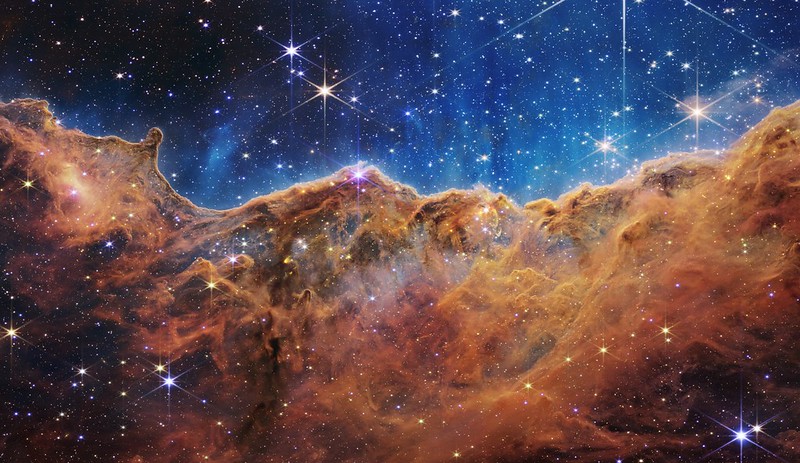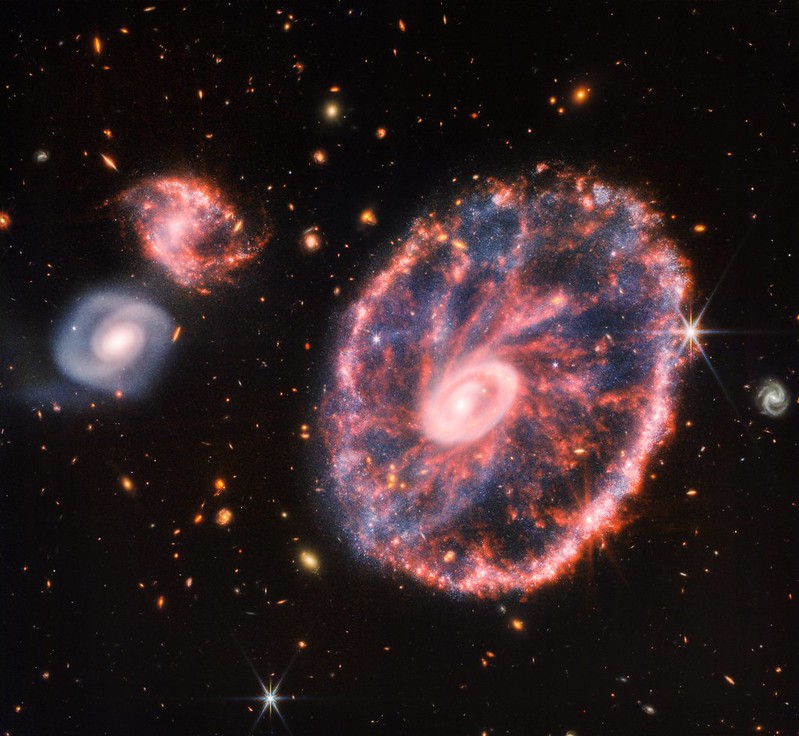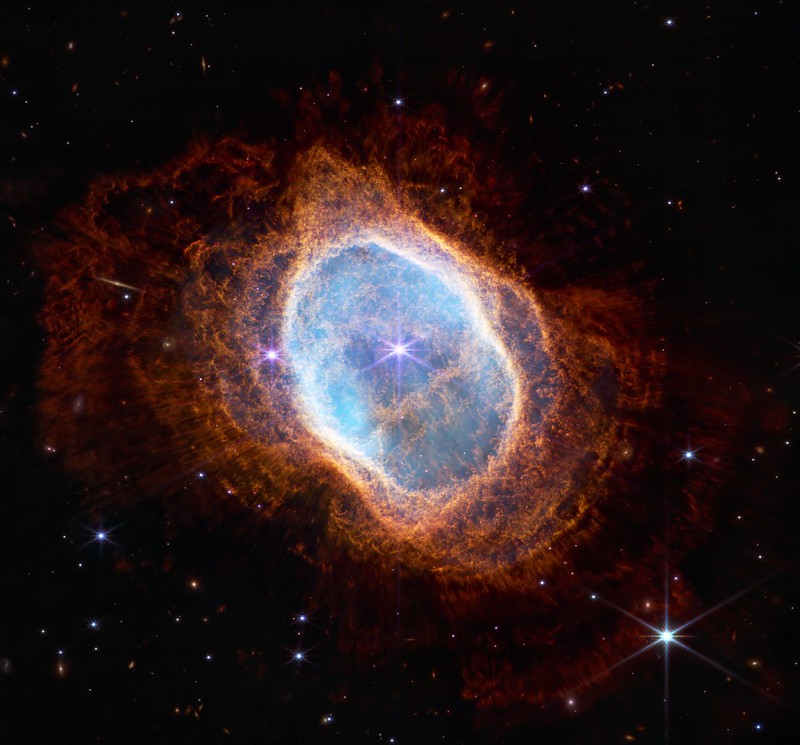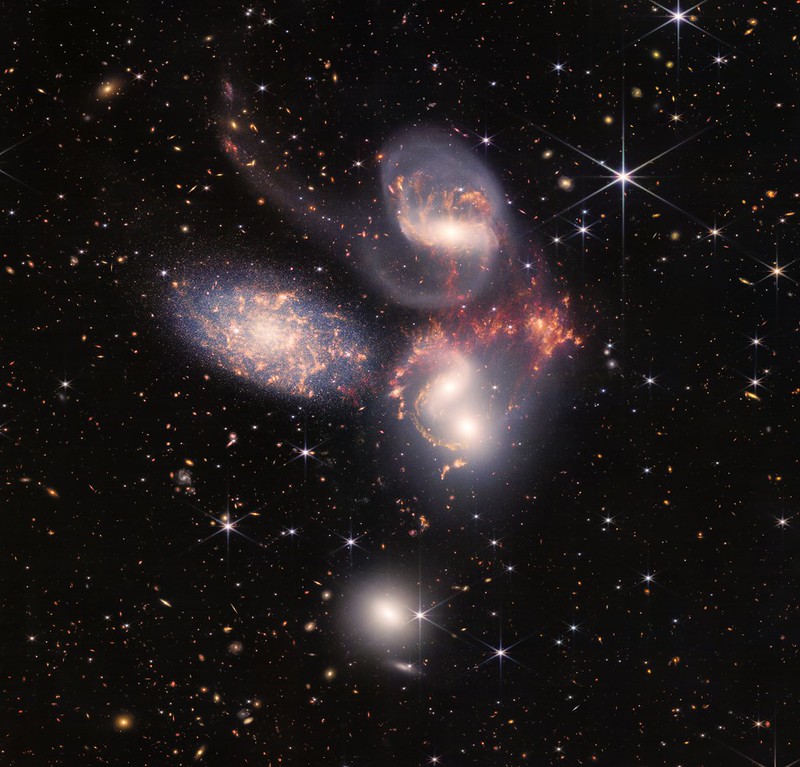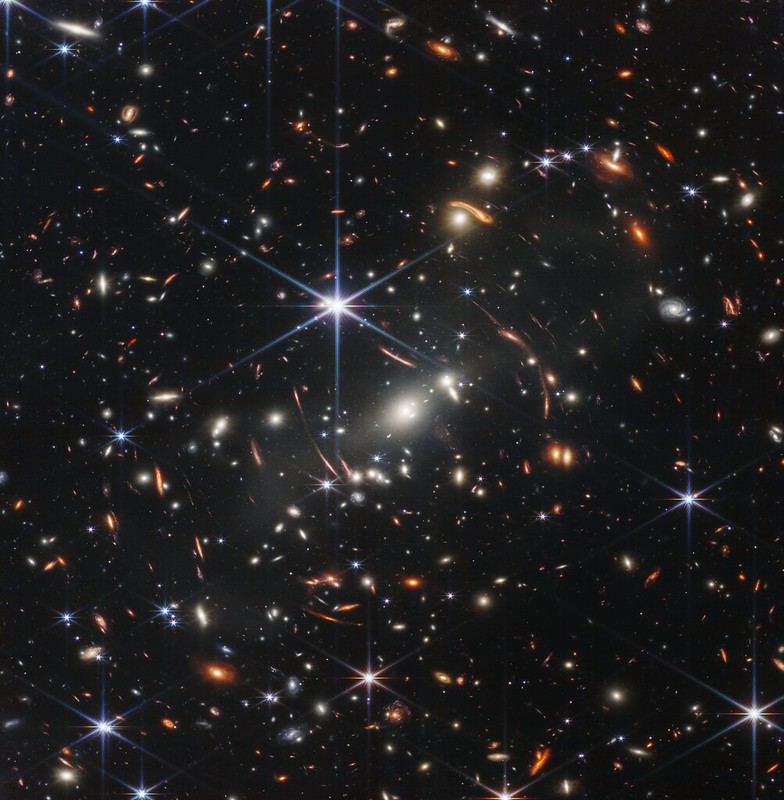Posts Tagged ‘science and technology’
James Webb Space Telescope images inspire us to celebrate the wonders of the universe!
Read on as we take a closer look at the latest images from NASA’s James Webb Space Telescope, and our stunning collection of commemoratives celebrating the Wonders of the Universe.
Our universe is a place of beauty, awe, and unknowns; an expanse full of intrigue that has drawn our gaze for centuries. From prehistoric cave paintings of the night sky to the stellar images sent back from NASA’s Hubble Telescope, we continue to fuel our fascination with what lies beyond what the eye can see…
In recent weeks, NASA’s James Webb Space Telescope – a new telescope kitted out with the latest technology – has captured some genuinely breath-taking images of our universe, captivating audiences and making global headlines.
The Webb Telescope provides us with insights into the “deepest” reaches of the known universe, offering up some of the most detailed images of the cosmos ever seen.
Take a look below at some of the outstanding images from Webb’s observations of our universe…
Experts estimate that the universe stretches out infinitely – and with all that space to fill the scale of the planets, stars, and nebulas within it is tough to comprehend…
But today, you can take a tiny part of our universe home with our Wonders of the Universe Commemorative Set – and each commemorative is small enough to fit in your pocket!
The Wonders of the Universe Commemorative Set celebrates eight of the most magnificent and marvellous entities within our universe including The Milky Way – home to our Solar System, black holes, and supernovas!
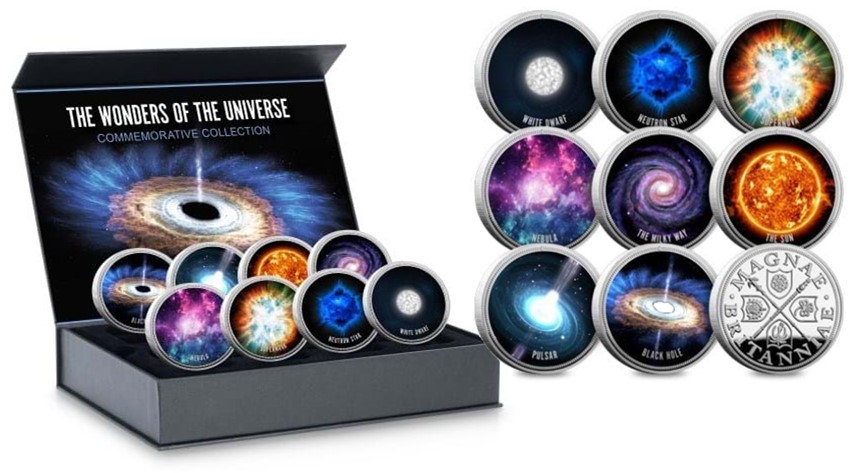
Each commemorative is struck to a superior proof-like finish, with full-colour images individually applied. Your commemorative set comes with a FREE presentation case (worth £9.95), alongside information on each ‘wonder’ within the collection. And you can even pay for your set in instalments of as little as £15.
Just 995 sets were ever produced, so you won’t want to delay if you’d like to secure one of our remaining commemorative sets. Only a limited number remain available. I’d hate for you to miss out on a collectable item that’s truly out of this world.
Watch our video to find out more about the Wonders of the Universe Set!
Britain through the reign of Her Majesty Queen Elizabeth II: Part 3
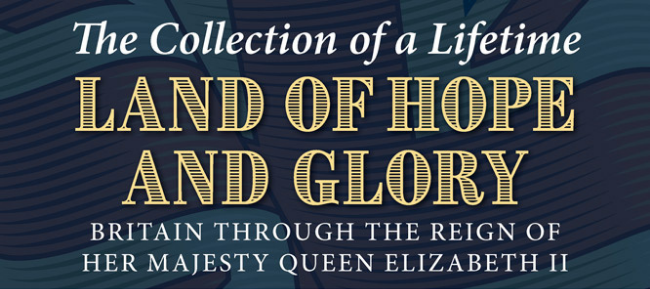
The Land of Hope and Glory Collection tells the story of Britain through the reign of Her Majesty Queen Elizabeth II.
Britain goes Decimal…
On the morning of the 15th February 1971, Britons woke up with a brand new currency following increasing global pressure to go Decimal. In one of the biggest changes to our currency in 1000 years, we left behind the old Pounds (£), Shillings (/-) and Pence (d) system and introduced the decimalised coins that we know today.
Under the new system, the Pound was retained, but was divided into 100 new pence rather than 20 shillings (or 240 pence). And to help the public get used to this major change, new Decimal coins, training stamps and conversions charts were all made available to the public ahead of Decimal Day.
Do you still have any of the old pre-Decimal coins? Let us know in the comments
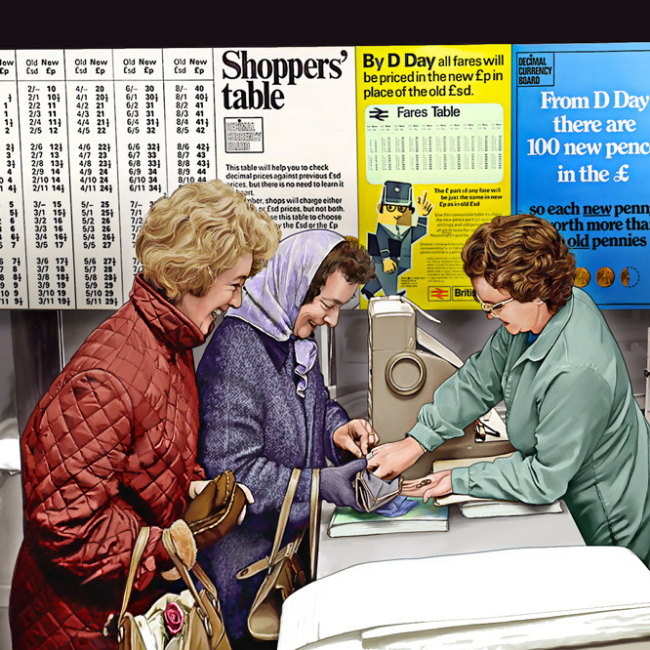
First Test Tube Baby
On 25th July 1978, a five-pound baby girl named Louise Joy Brown was born in Lancashire. As the first baby to be conceived through in vitro fertilisation (IVF), Louise’s birth made headlines and she became known around the world as the first “test tube baby”. A few years later, Louise’s younger sister Natalie was born, also via IVF. And in 1999, Natalie became the first mother born through IVF to give birth – without IVF.
Patrick Steptoe, Robert Edwards and Jean Purdy, the pioneering medical professionals who were involved in Louise’s birth were awarded a Nobel Prize in Medicine for their life-changing work. As of 2022, it has been estimated that over eight million babies worldwide have been conceived via IVF
The Home Computing Boom
1980s Britain saw a boom in home computing and a drastic change in public opinion towards the technology. Once seen as complex machinery used only by scientists and large organisations, computers were rare and most people would have never seen a computer in real life…
Fantastic machines like the Acorn Electron, Commodore 64 and Sinclair ZX Spectrum were developed to make computing user-friendly for the first time and to bring the wonders of information technology into homes, schools and workplaces.
Technology would continue to advance throughout the decade, as the home computing boom caused an unexpected growth in video gaming and by 1989 a British scientist, Tim Berners Lee, conceived and developed the World Wide Web.
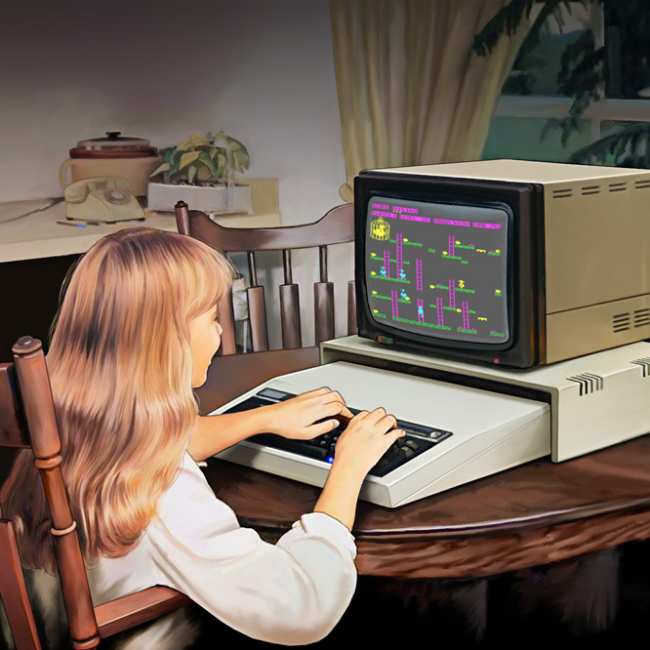
The Wedding of Prince Charles and Lady Diana Spencer
Described at the time as a “fairytale wedding”, Prince Charles and Lady Diana Spencer were married at St Paul’s Cathedral on 29th July 1981. The event was watched by a record-setting global television audience of 750 million, all eager to see Diana’s wedding dress which was one of the best kept secrets of the fashion industry at the time.
Were you one of the 750 million to watch?
The wedding broke royal protocols and created traditions that we still see during Royal Weddings today. Diana was the first Royal bride to omit the words “obey” from her vows and after forgetting to kiss after their vows, the couple shared a romantic kiss on the balcony of Buckingham Palace. Today, the ‘balcony kiss’ is one of the most iconic moments to take place during a Royal wedding.
The Raising of the Mary Rose
The Mary Rose was lost for over 400 years. She was one of Henry VIII’s warships and a huge team of divers, archaeologists and scientists were involved in her recovery and raising.
The search for the Mary Rose began in 1965, when Alexander McKee began investigating wrecks in the Solent and discovered a strange shape underneath the seabed via sonar scans. Teams of amateur and professional divers explored the area and on 5th May 1971, Percy Ackland found three of the port frames of the Mary Rose.
Nearly 11 years of excavation and careful planning followed and finally, on 11th October 1982, the world watched the raising of the historic Mary Rose…
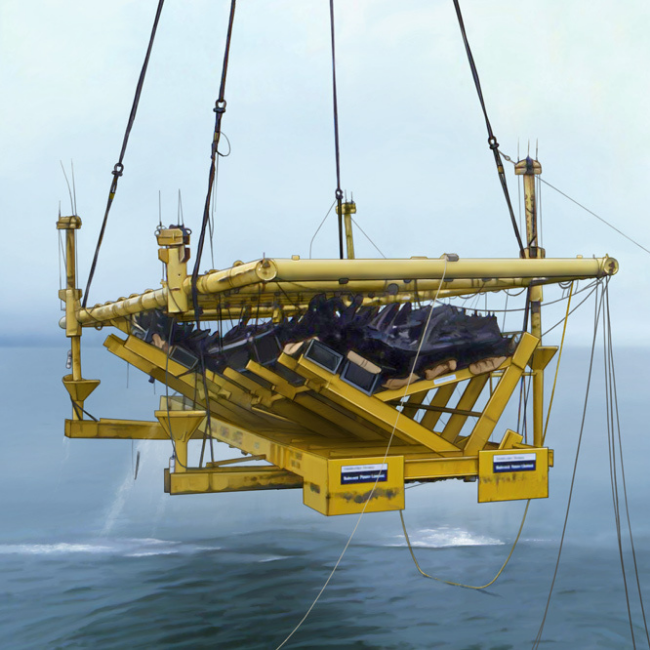
If you’re interested…
The Land of Hope and Glory Collection celebrates Britain through the reign of Her Majesty Queen Elizabeth II. And today, you can start the Collection of a Lifetime. Click here to secure the Coronation Medal for FREE >>
Revisit the historic moments that have shaped Britain through the reign of Queen Elizabeth II with our Land of Hope and Glory blog series:
Britain through the reign of Her Majesty Queen Elizabeth II: Part 1

The Land of Hope and Glory Collection tells the story of Britain through the reign of Her Majesty Queen Elizabeth II.
Over 85% of the population have only ever known Her Majesty Queen Elizabeth II as the monarch of the United Kingdom. And the Queen is so synonymous with Great Britain that it’s easy to forget that she wasn’t supposed to become queen at all…
The daughter of King George V’s second son, Princess Elizabeth of York, had little expectation of succeeding the throne until her uncle, King Edward VIII, abdicated in 1936.
As Queen Elizabeth II’s Platinum Jubilee fast approaches, this blog series will revisit the historic moments during Her Majesty’s record-breaking reign that have helped define Great Britain. Let me take you back to where it all began…
The Coronation of Queen Elizabeth II
Her Majesty Queen Elizabeth II acceded to the throne on 6th February 1952 upon the passing of her father, King George VI, at the age of 25. And on the 2nd June 1953, over 27 million people watched the official coronation at Westminster Abbey in London, which, for the first (and so far only) time, was fully televised.
This ground-breaking moment marked the official start of an even more ground-breaking reign…
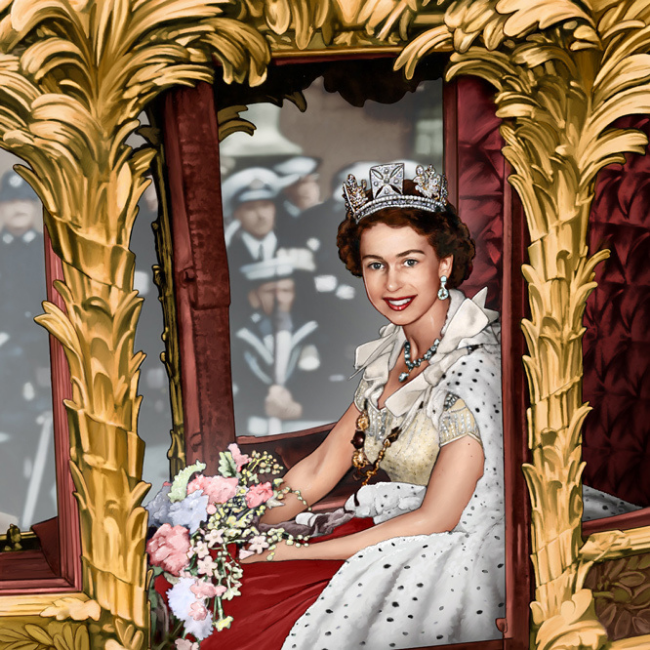
The Mini is Unveiled
One of the world’s most recognisable cars, the first Mini was unveiled on the 26th August 1959. The British Motor Corporation developed the Mini out of Great Britain’s need for a more fuel-efficient car.
Originally marketed as both the Austin Seven and Morris Mini-Minor, the car became an instant success and the design’s front-wheel drive and transverse engine layout influenced a generation of car makers.
Perhaps you owned or own one of these infamous cars? Let us know in the comments!
The Unravelling of DNA
The 1950s saw some major developments in the unravelling of DNA by British scientists. Rosalind Franklin took “Photo 51”, a highly detailed image of the hydrated ‘B’ form of DNA on 6th May 1952.
This photograph would help James Watson and Francis Crick’s work, and on 28th February 1953, the pair proposed a double helix model for the structure of DNA.
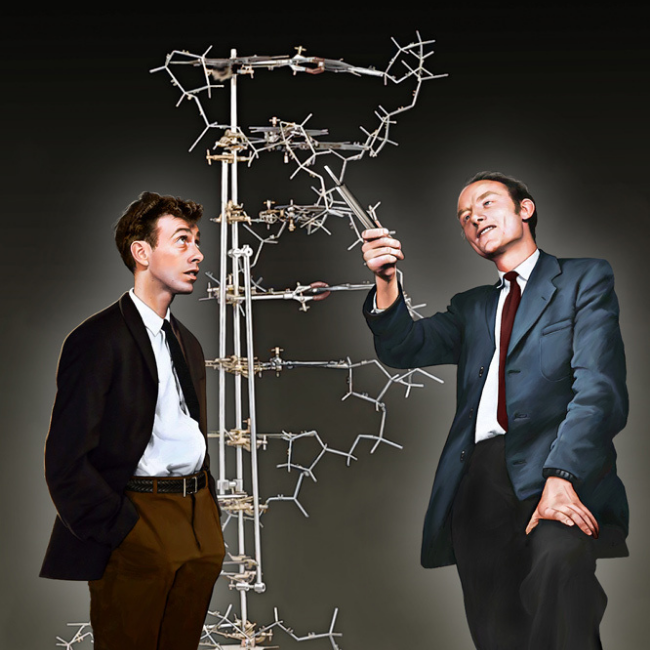
Donald Campbell Breaks the Water Speed Record
The legendary Donald Campbell began his speed record attempts in the summer of 1949 using his father’s old boat, the Bluebird K4.
His father, Malcolm Campbell, had previously held the Water Speed Record and after Donald’s first attempts were unsuccessful, the Bluebird K4 was modified to make it a “prop-rider”.
On the 23rd July 1955, he broke the Water Speed Record with a speed of 202.32 mph! And as if that wasn’t enough, Donald Campbell would go on the break the Water Speed Record on six different occasions before going for “the double” and breaking the Land Speed Record in 1964!
Mount Everest is Conquered
On 29th May 1953, Edmund Hillary and Sherpa Tenzing Norgay became the first explorers to reach the summit of Mount Everest, which standing at 29,035 feet above sea level is the highest point on earth.
News of the conquest of Mount Everest did not reach the outside world until 2nd June 1953, the eve of the Queen’s coronation and Britons hailed it as a good omen for the future of the country.
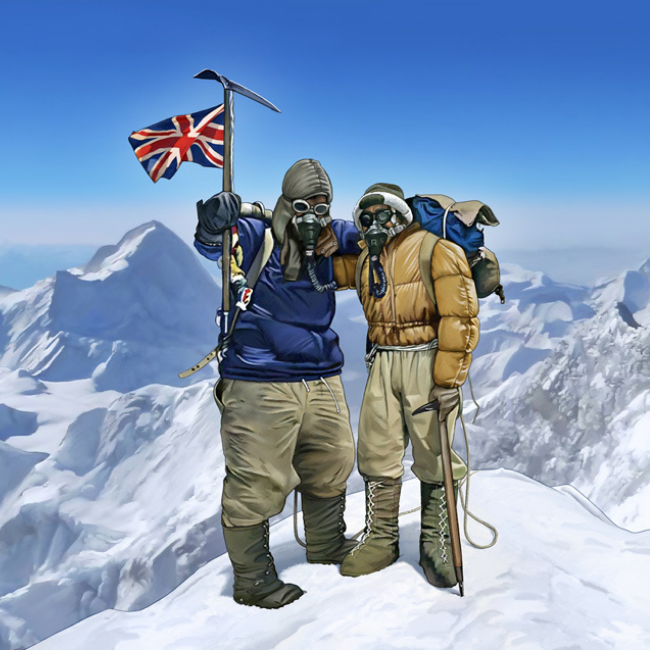
If you’re interested…
The Land of Hope and Glory Collection celebrates Britain through the reign of Her Majesty Queen Elizabeth II. And today, you can start the Collection of a Lifetime. Click here to secure the Coronation Medal for FREE >>

